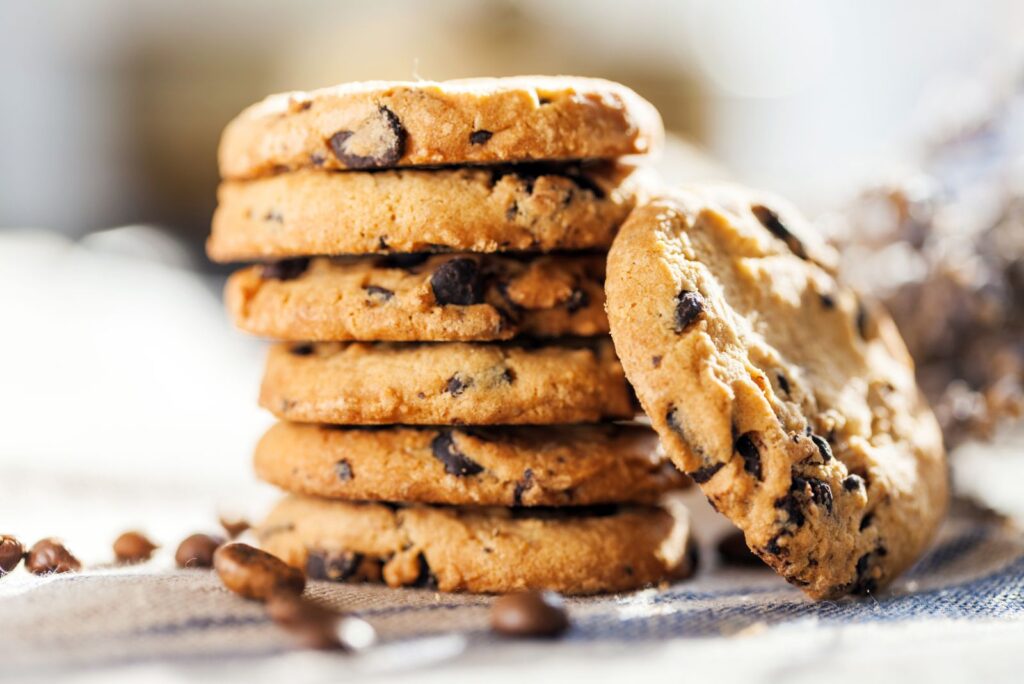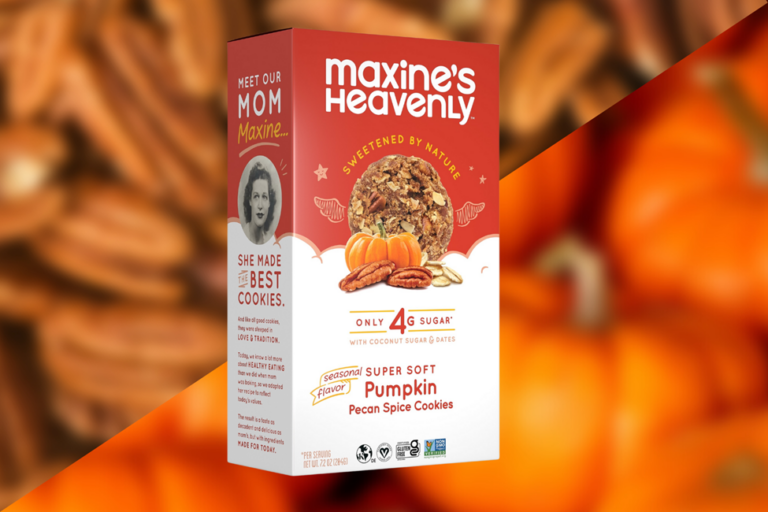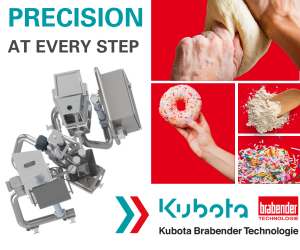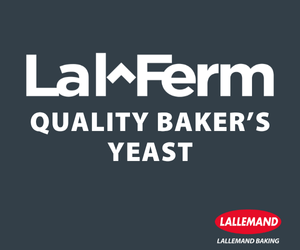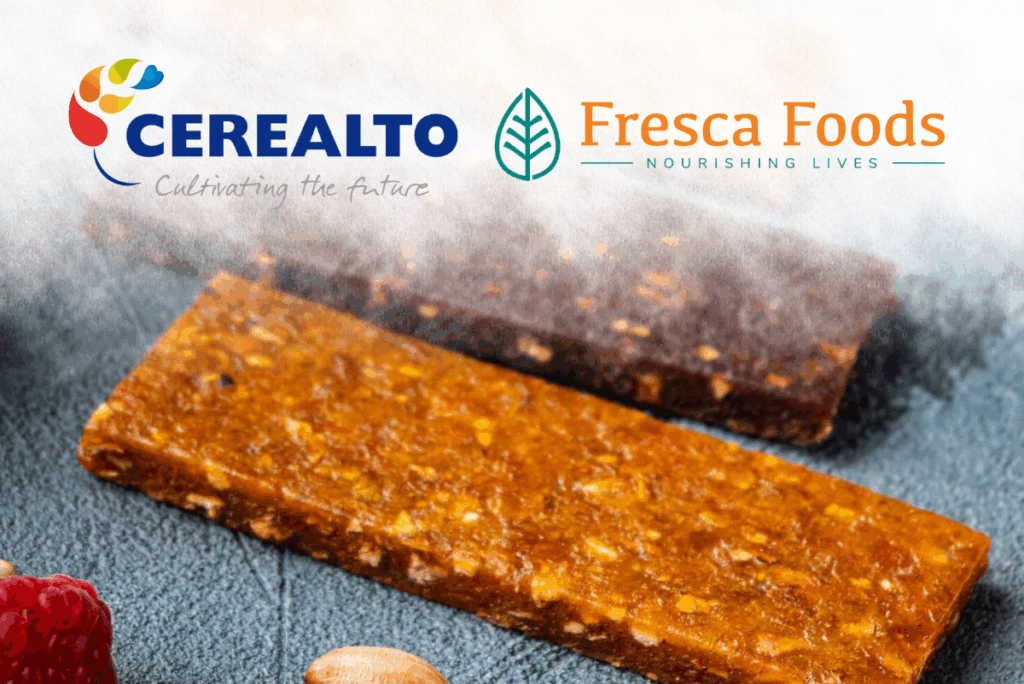KANSAS CITY, MO — The cookie category continues to show its resiliency with the global cookie market expected to grow at a CAGR of 5.43%, according to Mordor Intelligence.
The importance consumers place on cookies translates into a category that sees little negative impact, even during a pandemic. They found even more traction when lockdowns and stay-at-home mandates further accelerated snacking behaviors.
In the 52 weeks ending May 15, center store, which dominated sales during the pandemic, saw sales of $8.3 billion, a 7.1% change vs. a year ago. Perimeter sales of $2.3 billion, a 17.6% change from a year ago, demonstrate the ongoing rebound after a period of closures and labor shortages.
In center store, traditional cookies saw $685 million in current sales and $113 million in current sales of assorted/multipack cookies. Traditional cookies recorded $1.5 billion in current sales in the perimeter, an impressive 15.6% change compared with a year ago.
Unit sales of perimeter traditional cookies were up 6.7%, and specialty cookies boasted $180 million in current sales. Iced/frosted perimeter cookies saw $338 million in current sales, an 18.2% change vs. a year ago.
Despite the hurdles of labor shortages and ongoing supply chain issues, the category shows tremendous strength. What remains to be seen is if cookies can successfully weather the inflationary shock inside the bakery and the changing consumer purchasing behavior.

